Analysis of people’s eye movements while they are carrying out different tasks can provide information about underlying cognitive processes, such as attention allocation, visual processing and motor skills.
The Edmond J. Safra Center conducts eye-tracking research with the EyeLink 1000 equipment. This device records eye movements with an infrared camera, allowing researchers to obtain relatively high temporal resolution (1000 times per second) on where subjects look and when. For example, in reading tasks researchers can identify how much time a subject spends on each word, whether they jump back to a previous word, or whether they skip a word. This allows researchers to study different aspects of silent reading (as opposed to oral reading).
The eye-tracking equipment is non-invasive and does not cause any discomfort or harm to the subjects.
The eye-tracking equipment is non-invasive and does not cause any discomfort or harm to the subjects.




